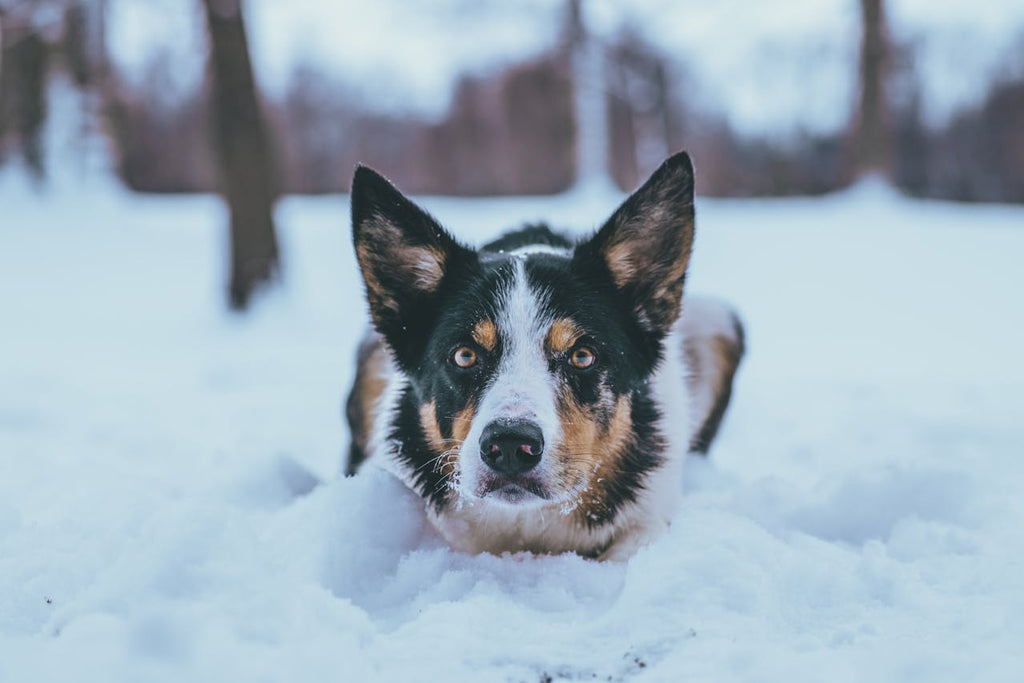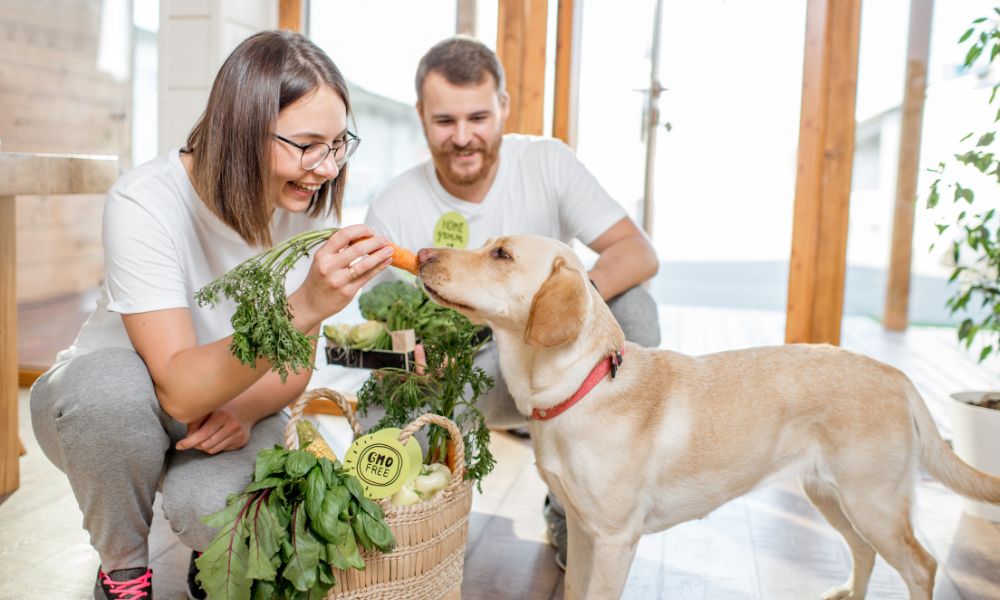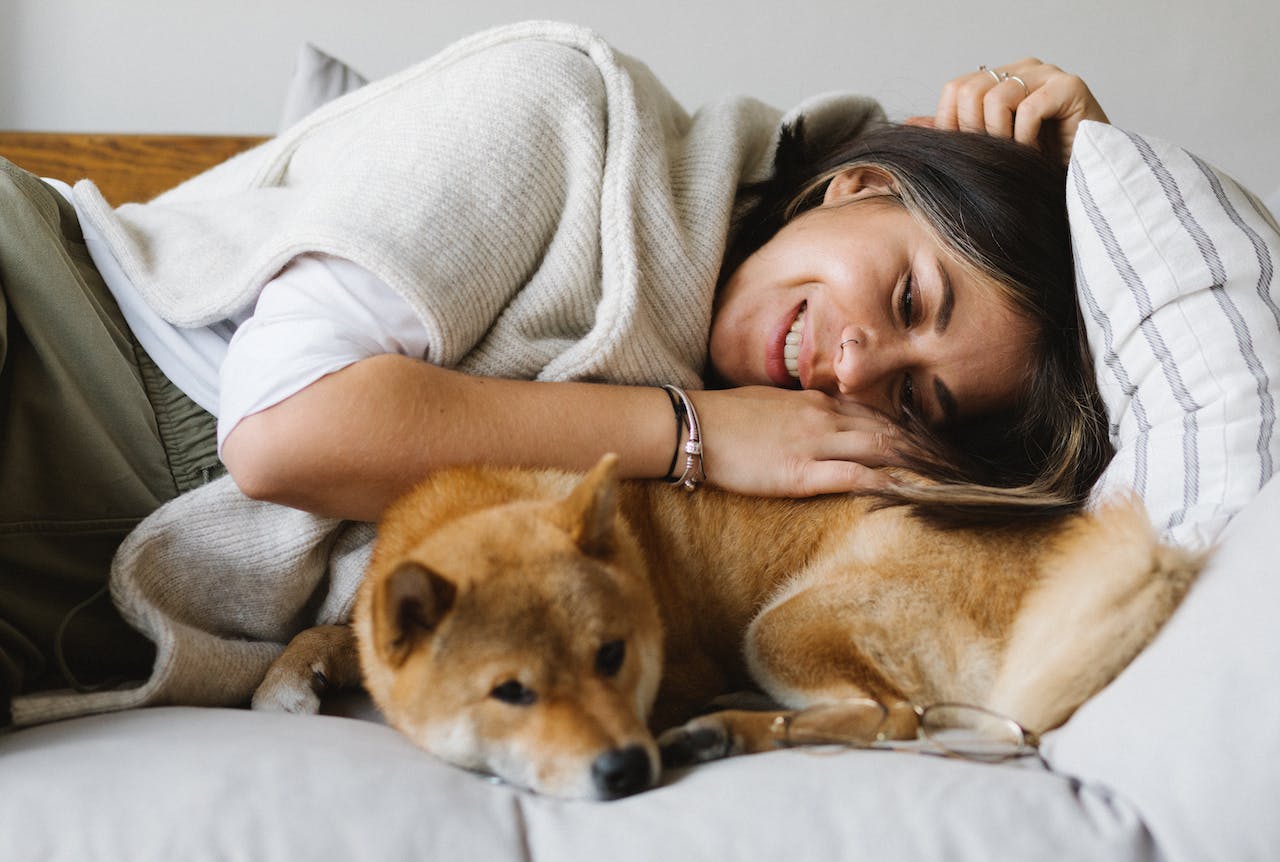
Why Is My Dog Scared Of Every Little Thing?

If your dog seems to be scared of every little thing, it can be a concerning and distressing experience for both you and your furry friend. Understanding the root causes of your dog's fear, providing the right support, and building trust are essential steps in helping your dog overcome their fears and lead a happier life.
Key Takeaways
- Identify the underlying causes of your dog's fear to address them effectively.
- Learn to recognize the signs of fearful behavior in your dog and respond with patience and understanding.
- Creating a safe and secure environment can help your dog feel more comfortable and less anxious.
- Using positive reinforcement training techniques can help build your dog's confidence and trust.
- Seeking professional help from a veterinarian or animal behaviorist can provide specialized support for your dog's fear issues.
Understanding Your Dog's Fear
Causes of Fear
Understanding why your dog is scared begins with recognizing the various causes of fear. These can range from genetic predispositions to negative experiences or lack of socialization during their critical formative weeks. For instance, a dog that hasn't been exposed to a wide range of people, animals, and environments may become fearful when encountering new situations.
- Genetic predisposition to anxiety or fearfulness
- Traumatic past experiences, such as abuse or abandonment
- Lack of proper socialization during puppyhood
- Sudden changes in environment or routine
- Sensitivity to loud noises, like thunder or fireworks
It's essential to consider these factors when trying to understand your dog's behavior. By identifying the root cause, you can tailor your approach to help your dog overcome their fears. Remember, patience and consistency are key in addressing your pet's anxiety. And if you're ever in doubt, don't hesitate to reach out to a professional for guidance.
Recognizing Fearful Behavior
Identifying when your dog is scared is crucial to addressing their fears effectively. Fearful behavior can manifest in various ways, and it's important to be observant of your dog's body language. Some common signs include:
- Moving away from the object of fear, indicating avoidance
- Hiding in secluded areas
- Flattened ears, which is a clear sign of distress
- Lip licking and yawning, which are often stress-related behaviors
- Cowering or shrinking away from people or other animals
- Tail tucked between the hind legs, a classic posture of fear
- Stiff tail wagging, which differs from the relaxed wagging associated with happiness
Understanding these behaviors can help you better support your dog through their anxiety. It's essential to approach your dog with patience and avoid punishing them for their fear, as this can exacerbate the problem.
Impact on Your Dog's Well-being

The fear that grips your dog in the face of seemingly innocuous stimuli can have profound effects on their overall well-being. Chronic stress and anxiety can lead to a range of health issues, from digestive problems to a weakened immune system. It's crucial to recognize that your dog's emotional health is just as important as their physical health.
To maintain a healthy balance, consider incorporating stress-relief measures into your dog's routine. This could include:
- Regular exercise to help burn off pent-up energy
- Mental stimulation through interactive toys or training sessions
- A 'Pamper Your Pet Kit' with soothing grooming products
Remember, a calm and relaxed dog is a happier and healthier companion. By addressing your dog's fears, you're not only improving their quality of life but also strengthening the bond you share.
You may also like: Read the Signs: How to Tell If Your Dog Doesn't Like You
Helping Your Dog Overcome Fear
Creating a Safe Environment
To help your dog overcome fear, it's essential to start by creating a safe environment where they feel secure. This means establishing a dedicated space that your dog can retreat to whenever they feel overwhelmed. This could be a cozy corner with their favorite blanket or a quiet room where they can relax without disturbances.
Consider the products you use around your home, including those for your dog's grooming. Opt for items that are gentle and non-threatening to your dog's senses. For example, using sulfate-free, paraben-free, and cruelty-free grooming products can prevent unnecessary stress and contribute to a calming atmosphere. Always check the FAQs and ingredients to ensure the products are suitable for your pet's needs.
Remember, consistency is key. Maintain a regular cleaning schedule to keep the environment predictable and less intimidating. By taking these steps, you're not only fostering a sense of security but also showing your dog that they can trust you to protect and care for them.
Positive Reinforcement Training
Positive reinforcement training is a powerful method to help your dog overcome fear. By rewarding your dog for desired behaviors, you encourage them to repeat those actions. Start with simple commands like 'sit' or 'stay' in a quiet environment where your dog feels safe.
- Use treats, praise, or toys as rewards.
- Keep training sessions short and positive.
- Gradually introduce new situations and challenges.
Remember, consistency is key. Training should be a daily activity, and everyone in your household should use the same commands and rewards. This will help your dog understand what is expected and feel more secure.
If your dog is particularly anxious, consider using products that can enhance their comfort, such as an upgraded crate kit with cozy options like faux fur or a memory foam base liner. These can create a more inviting space for your dog, making training sessions more effective.
Seeking Professional Help
When the strategies you've implemented at home don't seem to alleviate your dog's fears, it may be time to seek professional help. A certified animal behaviorist or a veterinary behaviorist can provide specialized guidance tailored to your dog's specific needs. These experts are trained to understand the nuances of canine behavior and can offer insight into why your dog reacts fearfully to certain stimuli.
- Start by asking your regular veterinarian for a referral to a reputable behaviorist.
- Prepare to share a detailed history of your dog's behavior, as this will be crucial for the professional to assess the situation accurately.
- Follow through with the recommended behavior modification plan, which may include systematic desensitization or counterconditioning techniques.
Remember, seeking professional help is a sign of commitment to your dog's well-being and can be a pivotal step in helping them lead a happier, more confident life.
Building Trust with Your Dog
Bonding Activities
Bonding with your dog is a crucial step in building trust and helping them overcome their fears. Engaging in activities together can strengthen your relationship and provide your dog with a sense of security. Consider the following activities to enjoy with your furry friend:
- Go on a walking tour of your city, allowing your dog to explore new sights and smells.
- Spend a day at the beach or lake, where your dog can swim and play in a new environment.
- Take a bike ride together, with your dog running alongside or riding in a pet trailer.
These activities not only offer physical exercise but also mental stimulation for your dog. They can help reduce anxiety by providing positive experiences that overshadow their fears. Remember, the goal is to create joyful memories that you both look forward to, making your dog feel loved and secure.
Consistent Routine
Establishing a consistent routine is crucial for dogs, especially those dealing with fear. A predictable schedule provides a sense of security, allowing your dog to feel more in control of their environment. Start by setting regular times for meals, walks, and play sessions. This consistency helps to reduce anxiety as your dog knows what to expect and when to expect it.
Incorporate daily grooming into the routine, using gentle dog grooming products like conditioner, relief balm, and wipes. Opt for items that are made in the USA, ensuring they are vegan and cruelty-free. Adhering to recommended bathing frequencies can also prevent skin irritations that may add to your dog's stress.
Remember, a routine isn't just about what you do, but also how you do it. Approach each activity with a calm and reassuring demeanor to reinforce a sense of safety and trust.
Patience and Understanding
Building a trusting relationship with your dog is a journey that requires patience and understanding. It's important to remember that progress may be slow, and setbacks can occur. Here are some key points to keep in mind:
- Recognize and celebrate small victories along the way. Even minor improvements are steps in the right direction.
- Stay calm and consistent in your interactions. Dogs are very sensitive to their owner's emotions and behaviors.
- Understand that your dog's fear may not entirely disappear, but with time and love, it can be managed.
Your empathy towards your dog's fears is crucial. By showing compassion and maintaining a gentle demeanor, you're communicating safety and reliability to your pet. This approach will help deepen the bond between you and your dog, fostering a sense of security that allows them to become more confident over time.
Bottom Line
In conclusion, understanding why your dog is scared of every little thing is crucial in helping them overcome their fears and live a happier, more confident life. By identifying the root causes of their anxiety, providing a safe and supportive environment, and seeking professional help when needed, you can help your furry friend feel more secure and at ease in their surroundings. Remember, patience and empathy are key in helping your dog navigate their fears and build trust. With the right approach and care, you can help your dog conquer their fears and enjoy a more fulfilling life by your side.
Share this article
written by


